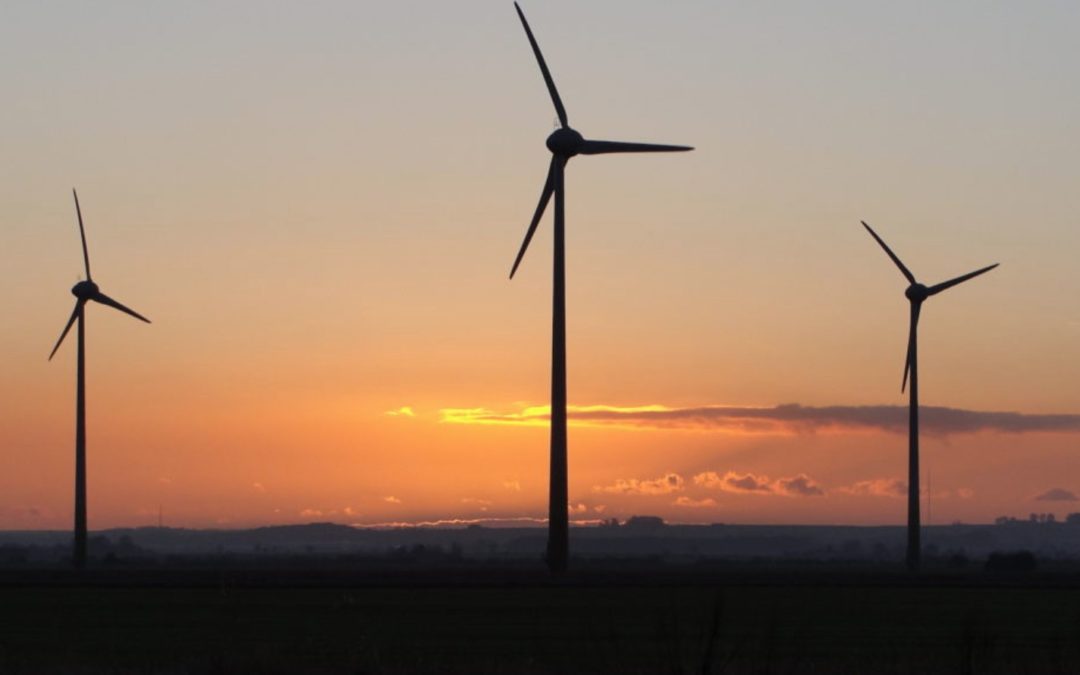SOURCE: Mongabay
DATE: November 7, 2016
SNIP: Bats have always had a troubled relationship with wind farms. Giant whirling turbines scuttle their sensitive hearing and sonar, bringing down huge numbers in a way that only a Chiropteran plague such as white-nose syndrome can match.
Laws to protect bats mean that companies and researchers often put a lot of time and energy into ecological studies on the likely impacts on bats before towers and turbines are erected at specific sites. But new research published today in the journal Current Biology demonstrates that that investment hasn’t translated into safer flyways.
Even as wind power technology has improved, the threats to some bat species have remained “consistent and widespread,” he said. But until now, no one has looked at whether the planning process makes a difference.
A study of 46 wind farms in the UK found that preliminary environmental impact assessments aren’t good predictors to determine which sites pose the most danger to bats.
Several of the sites expected to have little or no bat activity ended up having the most, according to surveys of bat activity and casualties.
Scientists still struggle to understand why wind farms pose such a substantial threat to bats. One hypothesis is that bats mistake the tall towers and turbines for trees.

